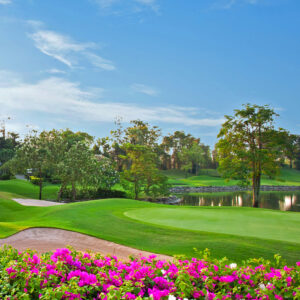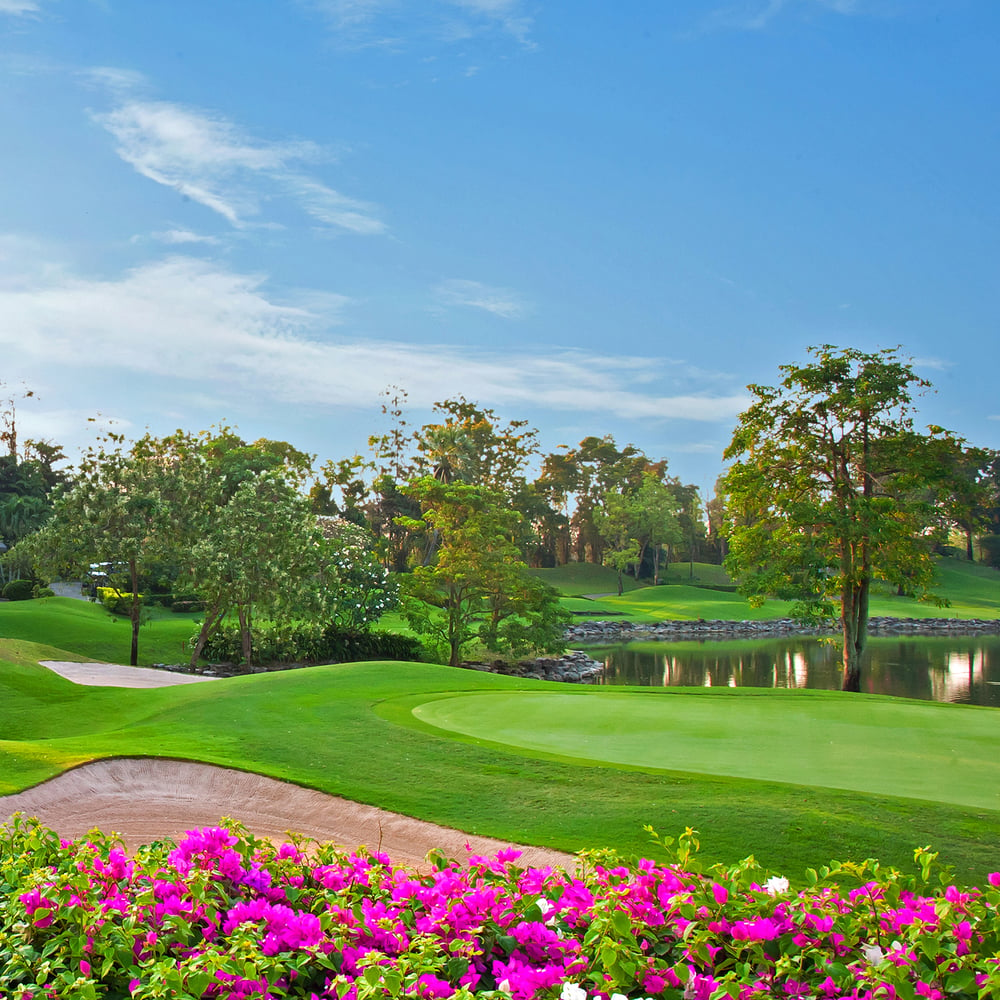 Golf is a popular sport played by many, but did you know that in 2013 more golf courses closed their doors than held a grand opening? In the US, 2012 saw 14 new golf courses open their doors with a fresh expanse of green grass to lure in golfers. At the same time, a total of 15 golf courses were closing down greens for good. This trend isn’t anything new, since 2006 it has remained a continuous pattern (Read more).
Golf is a popular sport played by many, but did you know that in 2013 more golf courses closed their doors than held a grand opening? In the US, 2012 saw 14 new golf courses open their doors with a fresh expanse of green grass to lure in golfers. At the same time, a total of 15 golf courses were closing down greens for good. This trend isn’t anything new, since 2006 it has remained a continuous pattern (Read more).
While golf remains an undeniably popular sport played and watched by many, it’s harder than ever to successfully operate your own golf club, course, and members. It’s tricky to earn members willing to pay monthly dues and an initial membership fee. On top of this challenge golf courses are expensive to operate. Here are some great design and maintenance tips to set any course up for success.
1. Create Flower Beds Using Planters
Parts of the course that no do not receive playtime action can be planted with something other than grass. This creates a pretty appeal as well as cuts down the amount of grass you have to water and maintain. Adding planters to your landscape can also help cut back on maintenance. During cooler months you can rearrange planters so that they are in a safe space and can continue to flourish. No one needs to rip up the ground; potted plants allow you to easily switch up displays depending on the season.
2. Don’t Overwater The Grass
Overwatering golf courses is far from uncommon but players don’t like getting their golf shoes muddy, and an abundance of water only leads to fungus growth. Pay close attention to the exact amount of water your course really requires to avoid overwatering as well as turning your greens into browns. Remember, it’s not just about water, grass also benefits from a proper dose of additional nutrients.
The best way to keep your greens looking good is to have an efficient irrigation system. Regularly running a system audit helps ensure everything is being uniformly watered.
3. Pick Pest-Resistant Plants
Pests can ruin your plants and pester your golfers. When selecting the plants to surround your course you want to look out for pest-resistant options. Steer clear of plants that attract pests, depending on course location the threat will vary.
4. Beware Cutting Down Too Many Trees
Golf courses are often recommended to cut down trees in order to increase airflow, and ultimately improve turf quality. In some cases this advice is sound, but it’s important to note that trees actually help improve turf. Cutting down too many trees can lead to a lack of fungicide inputs, which will harm the overall turf quality.
5. Use Waterproof, Stylish Lighting Fixtures
Golf courses utilize more water than most other institutions can even come close to using. This means any lighting fixtures around the course are going to get wet, often. For this reason you need waterproof features that will be able to withstand frequent water exposure without rusting, and falling apart; a process that can unravel within a few short years. Resin makes an awesome waterproof solution. It looks great and is 100% resistant to water, weather, and all causes of corrosion. In other words, a resin light fixture is NEVER going to rust, perfect for keeping your golf course lit year after year.
Don’t forget the style factor, a golf course isn’t complete without great looking accents. People don’t golf after dark, but you still need adequate lighting around the course. You can pick from a number of lighting types, from decorative light posts to more casual in-ground or tree lighting fixtures. Additionally, using LED bulbs in your lighting fixtures will keep down electrical costs as well as reduce the amount of times you have to change out bulbs.
6. Openly Communicate Any And All Changes
You can design and maintain a great looking course but if your members become unsettled you’ll have bigger problems to contend with. Before making any changes to a golf course it is SO important to contact all members and discuses these transformations before they are scheduled to occur. Golfers pay good money to be club members, and they deserve to know what is going on with maintenance and design changes.
7. Durability Is Key
By nature of being a golf course, balls are going to be flying this way and that. While your lighting fixtures, planters, and other design features repeatedly take the blow from weather and sprinklers, they are also forced to endure a lot of hits from golf balls. Many products that are advertised for golf courses are not immune to these beatings, meaning it won’t take long before they look worn out, lumpy and in need of replacement. Seek out non-dense materials, such as LLDPE resin, able to retain its original shape and charm no matter what the course throws its way.
8. Add A Compelling Feature
A uniform putting green that is firm and level is a huge part of your ticket to scoring happy golfers, but people also like a course that offers something different. For example a man-made lake, extra tricky sand dune, or other cool feature that is either aesthetically pleasing or adds to the overall golfing experience. Together, the little and big details add up, helping to draw people to your course as well as keep them there.
We Supply Golf Courses With The Best Year After Year
TerraCast Products crafts LLDPE (Linear Low Density Polyethylene) products for golf courses big and small. Our specially formulated resin stands up to the elements, showing no signs of wear and tear or corrosion, making it incredibly popular amongst our clientele.
Designing and managing a golf course is no easy or cheap feat, don’t complicate things more by installing lighting, planters, and other design elements that will soon deteriorate and corrode. TerraCast Products are made to last, in fact we offer unmatched warranties to prove it!

